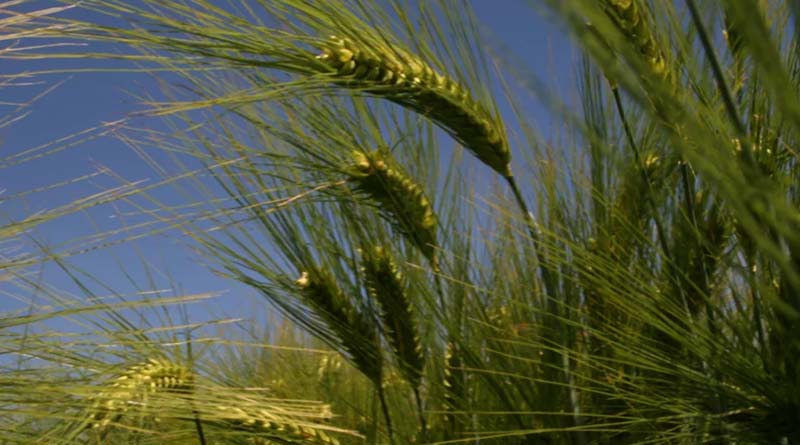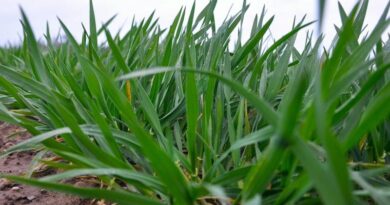Take a programmed approach to Hybrid Barley growth regulation
- Wet conditions may mean crops have less than optimal rooting
- Early growth regulation in crops of hybrid barley is important to build a strong foundation, promoting rooting and strengthening tillers
- Apply MODDUS® + chlormequat at T0, these actives work well together to reduce ‘bounce back’
28 February 2024, UK: Take a programmed approach to Hybrid Barley growth regulation
It’s true – hybrid vigour really does make it bigger!
Heterosis, or hybrid vigour, is the phenomena that gives hybrid barley the edge over its conventional counterparts, producing stronger, more productive plants. Hybrid vigour is responsible for significant benefits such as yield stability, grass weed suppression and enhanced nitrogen use efficiency. Typically hybrid varieties produce more biomass and are taller than conventional varieties so application of appropriate growth regulation will allow them to reach their full potential.
The first timing for growth regulation in Hybrid Barley is fast approaching, and following the extended period of wet weather many autumn drilled crops are not looking at their best, with less than optimal rooting that could increase lodging risk later in the season.
The difficult conditions mean it is important to assess the requirement for early season growth regulation, such as MODDUS® (trinexapac), at GS30 says Ben Urquhart, Hybrid Barley Technical Expert at Syngenta.
“A number of factors will increase lodging risk in crops of hybrid barley – later drilled crops, varietal differences in resistance to lodging and, after all this rain, a higher chance that crops don’t have a strong root network. The T0 application of growth regulator really helps to build a strong foundation for hybrid barley crops, promoting rooting and strengthening tillers.”
Syngenta trials have demonstrated that a “little and often” approach to growth regulation frequently delivers the best results. Aiming to apply PGRs at T0, T1 & T2 timings will coincide with crucial stages in crop development and reduces risk.
“By spreading the PGR across the season you also minimise the risk of being caught out later in the season. Getting the timing right for ethephon is critical as late sprays can cause crop damage but good spray days are often few and far between, so by building a solid foundation of growth regulation at T0 & T1 you haven’t left the bulk of the work till later in the season.”
MODDUS® + chlormequat provide a synergistic activity. Both these actives have effect on the gibberellic acid synthesis pathway, but crucially they act at different points in the pathway, Ben explains:
“Chlormequat acts in the middle and trinexepac acts towards the end which results in a reduced ‘bounce back’ effect.”
Also Read: Marut Drones and PJTSAU’s Direct Seeding Device Receives World’s First Utility Patent
(For Latest Agriculture News & Updates, follow Krishak Jagat on Google News)















